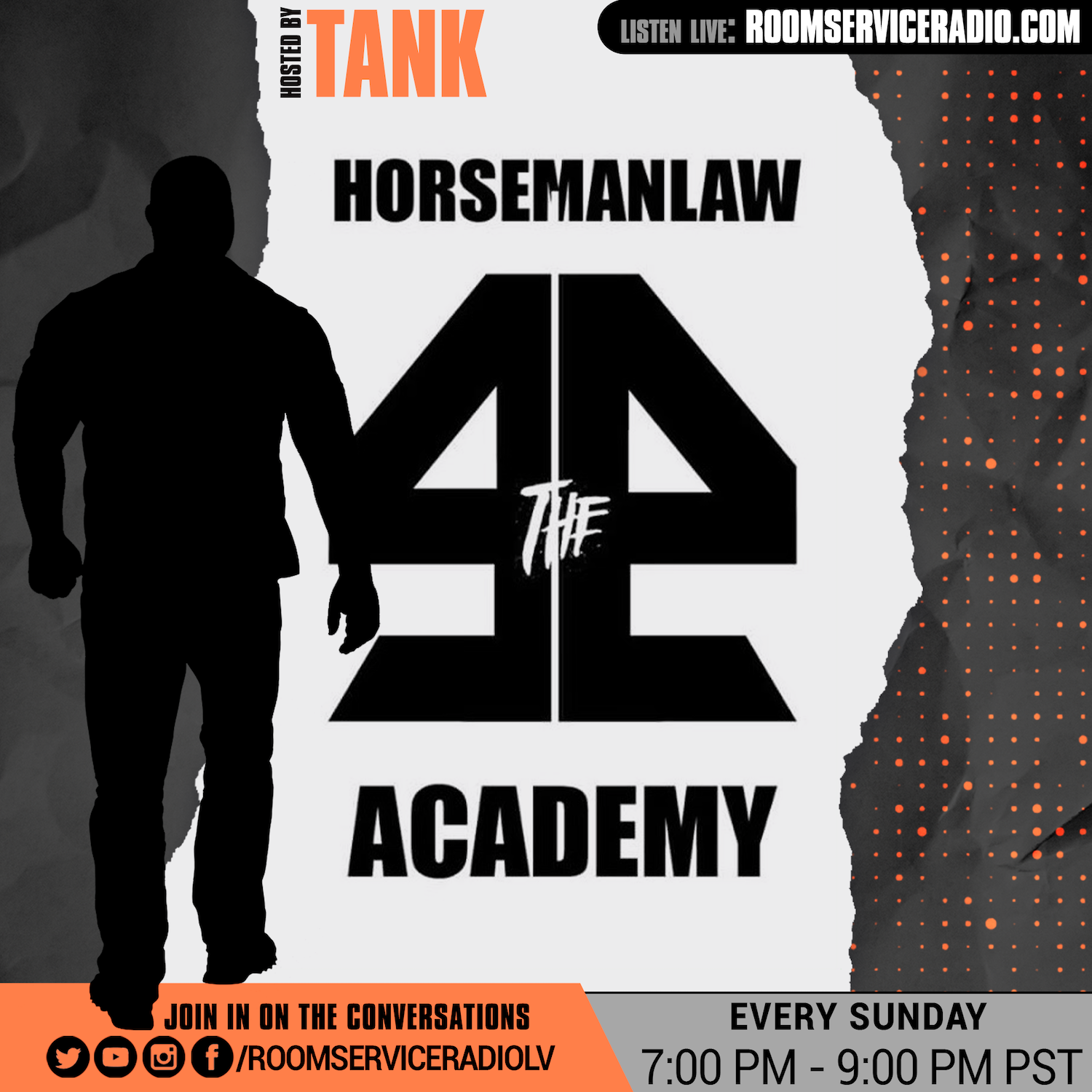
TWA plane bombed at Las Vegas airport in 1972 | Lookback
On the morning of Wednesday, March 8, 1972, a bomb planted in the cockpit of a Boeing 707 exploded at McCarran International Airport (now Reid). It was the only bombing in the airport’s history.
The incident occurred just seven hours after passengers had de-boarded the plane.
The bombing was part of a plot targeting the now-defunct Trans World Airlines from an anonymous extortionist who, 51 years later, has never been identified.
The day before, a plastic explosive was found by a bomb-sniffing dog on a plane at John F. Kennedy International Airport in New York. An anonymous extortionist called TWA, demanded a $2 million ransom and threatened to detonate three other bombs planted on airliners across the country unless the ransom was paid.
A bomb search was then conducted at airports across the world.
At 9 p.m. that Tuesday, a Boeing 707 landed at McCarran from JFK that was scheduled to leave Wednesday morning for Kansas City. The plane had also been searched for bombs before leaving New York, but nothing was found.
Five TWA planes at McCarran, including the targeted 707, were searched for bombs, but none were found.
At 3:50 a.m. Wednesday, the bomb exploded. There were no injuries.

Sheriff’s Deputy Lanis Mills, whose patrol car was parked at the tail of the plane at the time of the blast, told the Review-Journal his account of the event.
“I heard the explosion and saw the side of the plane coming out in mass,” Mills said. “The blast sounded like dynamite, and I’ve heard dynamite explode before.”
A New York Times report said “the blast tore apart the cockpit and forward area, blowing out the top and sides and shredding the bottom.”
Charles Wyre, TWA Las Vegas general manager, said the bomb was not found because the plane would have needed to be dismantled “with a wrench and screwdriver” in order to find it.
The TWA planes were then searched by a Las Vegas Police Department bomb-sniffing dog. Again, no bombs were found. TWA planes across the country were searched before and after take-off for bombs.
The Associated Press reported that New York police said a private jet brought $2 million to Atlanta from New York that Tuesday night, but the money was never turned over. However, TWA and the private jet’s airline did not confirm those claims.
FBI investigators believed the perpetrators were either current or former airline employees.
A TWA spokesman told the AP, “Whoever put it on the airplane had to know his way around the industry. He would have to know a considerable amount about the aircraft.”
Following the bombing and other bomb threats, the Federal Aviation Administration moved to tighten security. Among the changes was a requirement that all airports have a master security plan, with ways to identify people and vehicles in air operations areas.
On Dec. 5, 1972, the FAA began requiring passenger and carry-on baggage screenings for all certified passenger aircrafts.
Contact Taylor Lane at tlane@reviewjournal.com. Follow @tmflane on Twitter.
Article written by Taylor Lane #ReviewJournal












